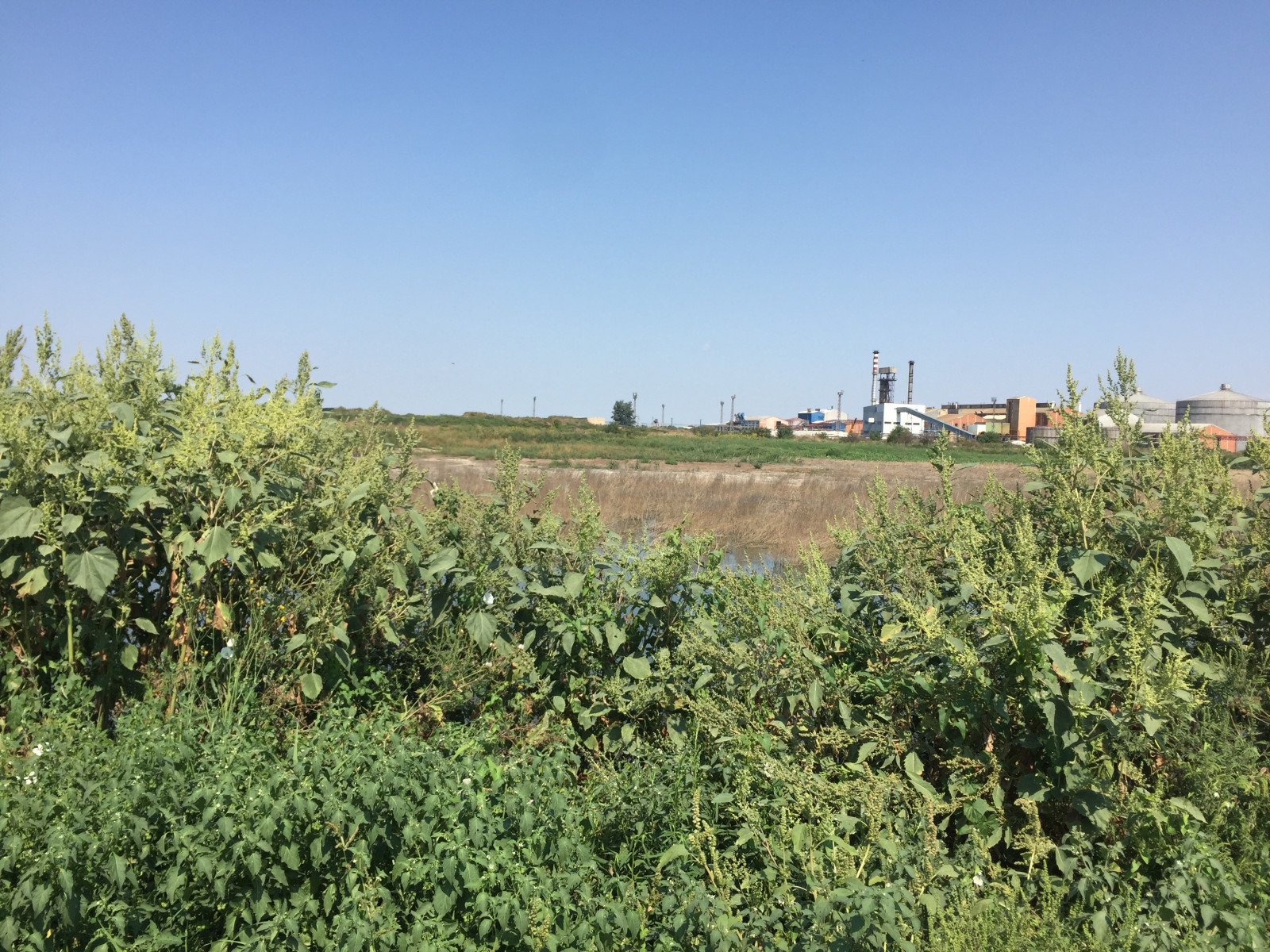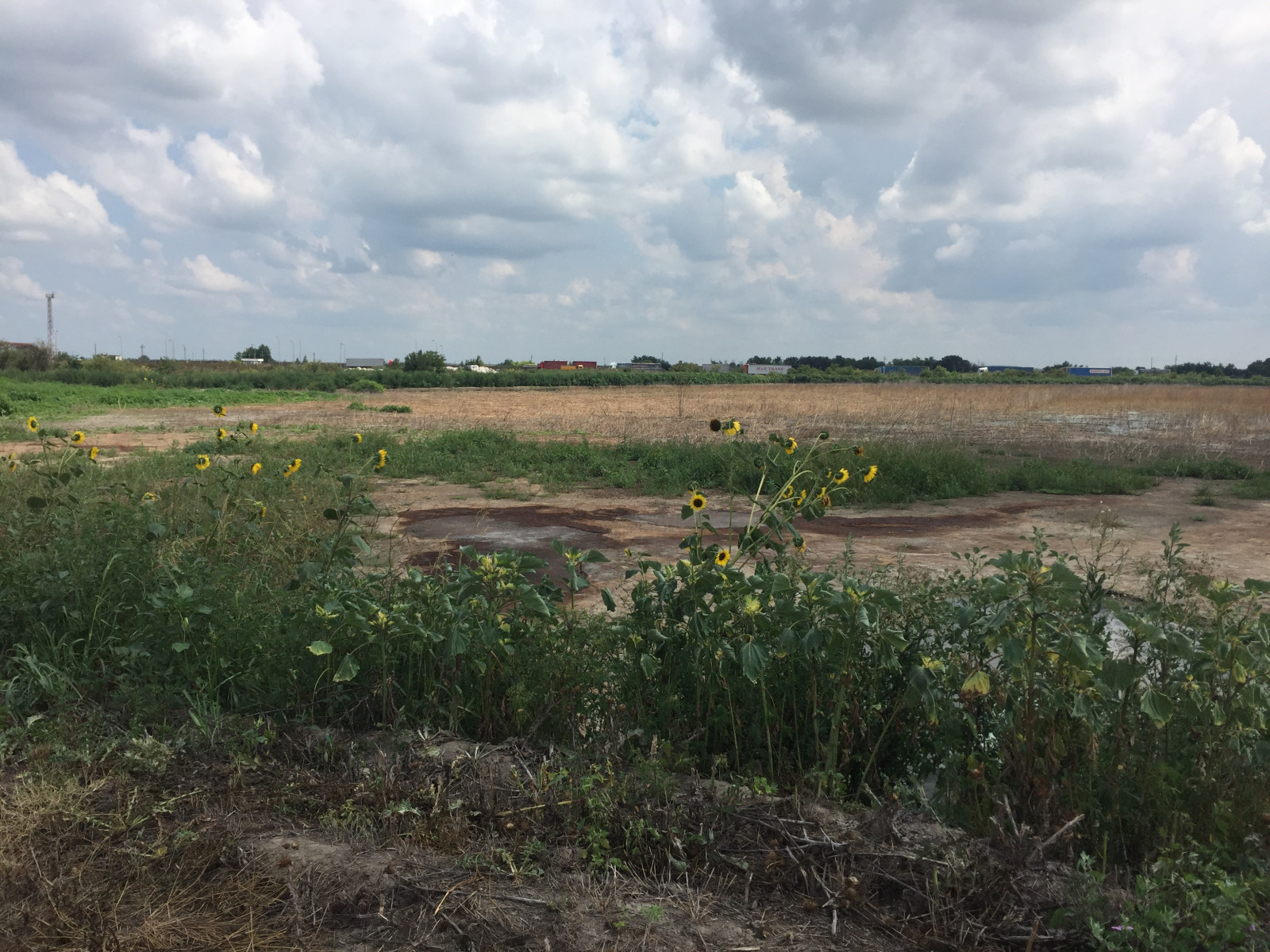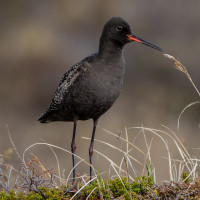Beschreibung
The “Jedinstvo” Sugar Plant ponds lie between Kovacica and Debeljaca villages, about 40 km northeast from Belgrade. The wastewater collectors cover an area of about 100 ha. There are a total of seven smaller or larger ponds, 10 to 20 hectares in size. All ponds are surrounded by embankments 2-3 m high, while the entire wastewater collectors area is surrounded by a canal 2-3 m wide with a narrow belt of reeds along the edges. The plant is operational and the ponds can be quite smelly. The smaller, northern ponds are shallower and more productive. This is possibly the best visited spot around.
If the water level is right, not too deep nor dry, waders here include Sichelstrandläufer, Dunkler Wasserläufer, Knutt, Flußregenpfeifer, Regenbrachvogel, Uferschnepfe, Sandregenpfeifer, Steinwälzer, Kampfläufer, Sumpfläufer, Temminckstrandläufer, Alpenstrandläufer, Zwergstrandläufer, Bekassine, Flußuferläufer, Waldwasserläufer, Grünschenkel, Teichwasserläufer, Bruchwasserläufer, Rotschenkel and Rotflügel-Brachschwalbe (rarity). Lachmöwe, Stelzenläufer and Säbelschnäbler breed at the beginning of the marked route, while Kiebitz breed more to the right, closer to the sugar plant.
Other birds to look for include Knäkente, Schwarzhalstaucher, Wasserralle, Trauerseeschwalbe, Weißbart-Seeschwalbe, Weißflügel-Seeschwalbe, Zwergdommel, Rallenreiher, Bienenfresser, Blauracke, Neuntöter, Schwarzstirnwürger (uncommon) and Rotkopfwürger (rarity).
Photos (2) by Ivana Novčić and Mileta Čeković.
Details
Zugang
It lies just north of the Debeljaca turn off. You can park there and visit the ponds on foot (visible as the low embankment on your left-hand side), or use the next turn off for the plant itself, in which case be sure not to block the road for large lorries heading for the plant gate. For driving directions, zoom in on the map and click on the "P" (parking) sign.
Terrain und Habitat
Landwirtschaft , Schlammflächen , See , Feuchtgebiet , Ebene , SchilfflächenBedingungen
Flach , Kein Schatten , Offene LandschaftRundweg
JaIst ein Spektiv nützlich?
JaGute Beobachtungszeit
Frühjahr , HerbstBeste Beobachtungszeit
Frühjahrszug , Herbstzug , FrühjahrRoute
Normaler Weg , unbefestigte StraßeSchwierigkeitsgrad der Tour
EinfachErreichbarkeit
zu FußBeobachtungshütten oder -türme
NeinZusätzliche Informationen
The best season is September to October, as well as April to May.


